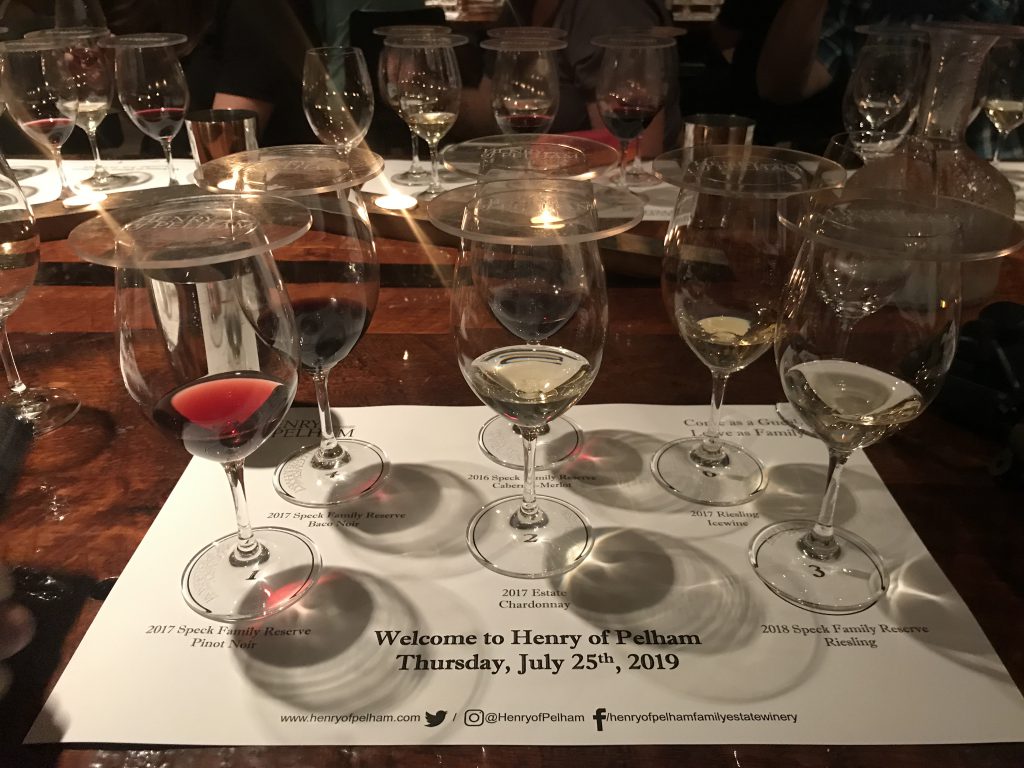Reporting from Ontario, Canada.
Irish whiskey officially gained Geographical Indication (GI) status from the EU commission in April, but what did it mean?
To farmers it mean’t very little because it only gave instruction on how the whiskey was to be made. The origin of the ingredients is irrelevant for GI status in Irish whiskey.
On Thursday, July 25, AgriLand visited the Henry of Pelham Vineyard in the Niagara region of Ontario. In order to be classified as a Niagara wine the grapes must be produced in this region.
The vineyards are mapped by GPS. Farmers must log in when starting to harvest. Deliveries are tracked and there is full traceability along the production line.
The visit reminded me of Ireland’s own Waterford Distillery.
As a result of the traceability, the wine is a premium product and is priced accordingly. The use of grapes from the region means that supply is limited and a niche product is produced.
The label speaks for itself and if a label does not comply with the regulations the producer is deemed to be breaking the law.
It’s a simple concept and one that is leading to the creation of a lot of jobs in Ontario. Maybe the Irish drinks industry could take a leaf out of the Niagara wine producers’ book.
Producing Irish whiskey from imported maize does not build a sustainable industry. The wine producers of Ontario are sustainable and successful because they use native product.


